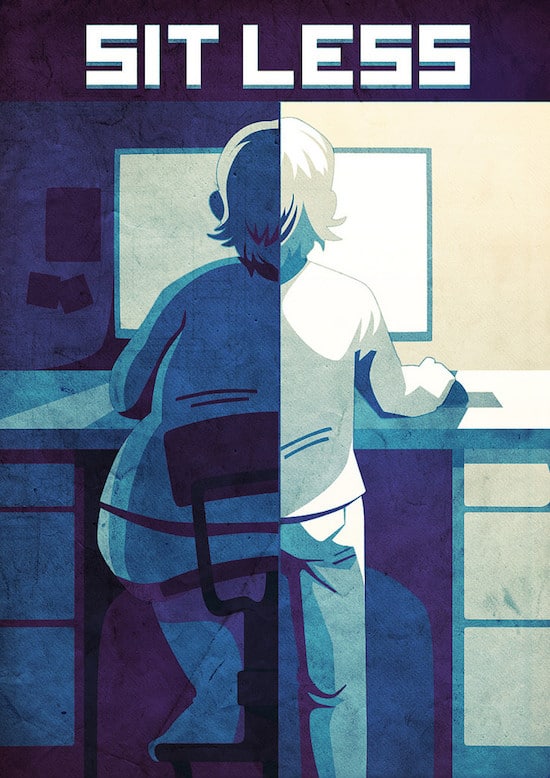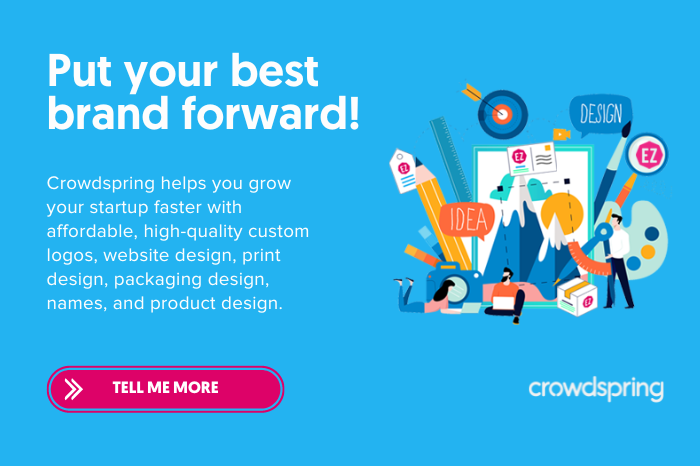The Science of Productivity and Happiness: Why Your Office is Hurting Your Company

Working in a cubicle is my worst nightmare. The idea of being confined in such a small space with little variation for many hours a day sounds unbelievably boring. Thankfully, I am fortunate to work in an open, flexible environment.
Unfortunately, most offices aren’t built with our well-being in mind (or for getting actual work done). The typical full time employee spends eight hours a day sitting at a desk away from sunlight, in an environment that is almost always too noisy or quiet. Office layouts that foster that type of environment have been found to contribute to lower levels of creativity, productivity, health, and happiness.
There’s a great deal of research on this subject. For example, researchers have found that common office layouts promote continuous sedentary behavior. Sitting all day positively correlates with higher rates of diabetes, cancer, and cardiovascular disease. Even worse, sedentary behavior for most of the workday increases mortality rates. Not surprisingly, a majority of the adults found suffering from these problems worked office jobs, where they sat for an average of eight hours a day. Traditional office spaces with single-height desks are actually detrimental to our health.
Fortunately, smart companies have started improving their office layouts in order to promote better health, happiness, and productivity. Alan Hedge, a professor of ergonomics at Cornell University says that in order to combat these negative effects, “The key is breaking up your activity throughout the day.” He suggests setting an alarm to remind yourself to talk a short walk, or to stand up and stretch.
Free Business Startup Kit
Receive six actionable guides, including a how to start a business checklist, detailed comparisons of LLCs, corporations, sole proprietorships, and partnerships to determine the best fit for your business, plus insights on crafting a compelling pitch deck to attract investors.

- How to Start a Business Checklist
- Starting a Corporation Guide
- Is an LLC Right for You?
- Starting a Sole Proprietorship
- Starting Business Partnerships
- Creating a Powerful Pitch Deck
You can also change your work tools. Sit/stand desks offer a great way to combat sedentary behavior. You can inexpensively convert your desk to a sit/stand desk by using a simple cardboard box – or you can purchase an electronic sit/stand desk (these are the ones we use at our office) with preset heights.
Sit/stand desks allow employees to have control and flexibility over their work, allowing them to choose the best intervals to change their position without breaking them away from their work. Employees improve their posture, attitude, and general health and happiness when they can break from the sitting norm.
Sit/stand desks or interval breaks aren’t the only ways people can change their work habits. An experimental studio called Rietveld Architecture-Art Affordances created an installation in Holland, designing their interpretation of an active workspace based on numerous studies on the dangers of sitting all day. The installation resembles a massive, geometric playground, eliminating traditional desks or rooms. Instead, it creates a maze of shapes, allowing employees to sit, stand, crouch, lie, and work in any comfortable position.
The health hazards associated with long stretches of sitting aren’t the only problem with office layouts. In a 2014 study on light exposure in offices and quality of life, researchers at Northwestern Medicine and the University of Illinois at Urbana-Champaign discovered the importance of natural light for health and productivity. Employees who worked in offices with less natural light suffered more negative health effects than those who worked in offices designed to maximize natural light. Phyllis Zee, M.D., a neurologist, study author, and sleep specialist from Northwestern Medicine commented on the study’s findings:
There is increasing evidence that exposure to light, during the day — particularly in the morning — is beneficial to your health via its effects on mood, alertness and metabolism. Workers are a group at risk because they are typically indoors, often without access to natural or even artificial bright light for the entire day.
While many businesses simply try to find spaces with ample windows, an ideal office layout option is an open office plan that allows everyone to share the sunlight (and collaborate more easily as a bonus). This way, the natural light reaches all employees because there are no barriers blocking the light. And to combat the daily bright light, it is best to have 2 layers of shades or curtains: one sheer layer and one more opaque layer. This allows employees to choose the amount of light they let in while still allowing for visibility during the brightest parts of the day. Closing curtains or shades is easier than never having sunlight during the day! With a focus on windows and natural light, business owners will find their employees will feel more energetic than ever before.
The research is clear: smart companies who want to improve the health, productivity and morale of their employees should find ways to improve their office space. You might be skeptical and find it difficult to believe that such simple changes can produce larger effects. But it’s important to understand that workspace design works like a domino effect: change the layout, change the health of the employee, change the happiness, change the productivity, change the energy, strengthen the team, grow the company. Every decision we make in the workplace will affect each person, and people are your company’s backbone. Want to improve the future of your company? Open your mind to non-traditional office layouts.
image credit: Juhan Sonin
Design Done Better
The easiest way to get affordable, high-quality custom logos, print design, web design and naming for your business.
Learn How to Grow Your Business With Beautiful Design

